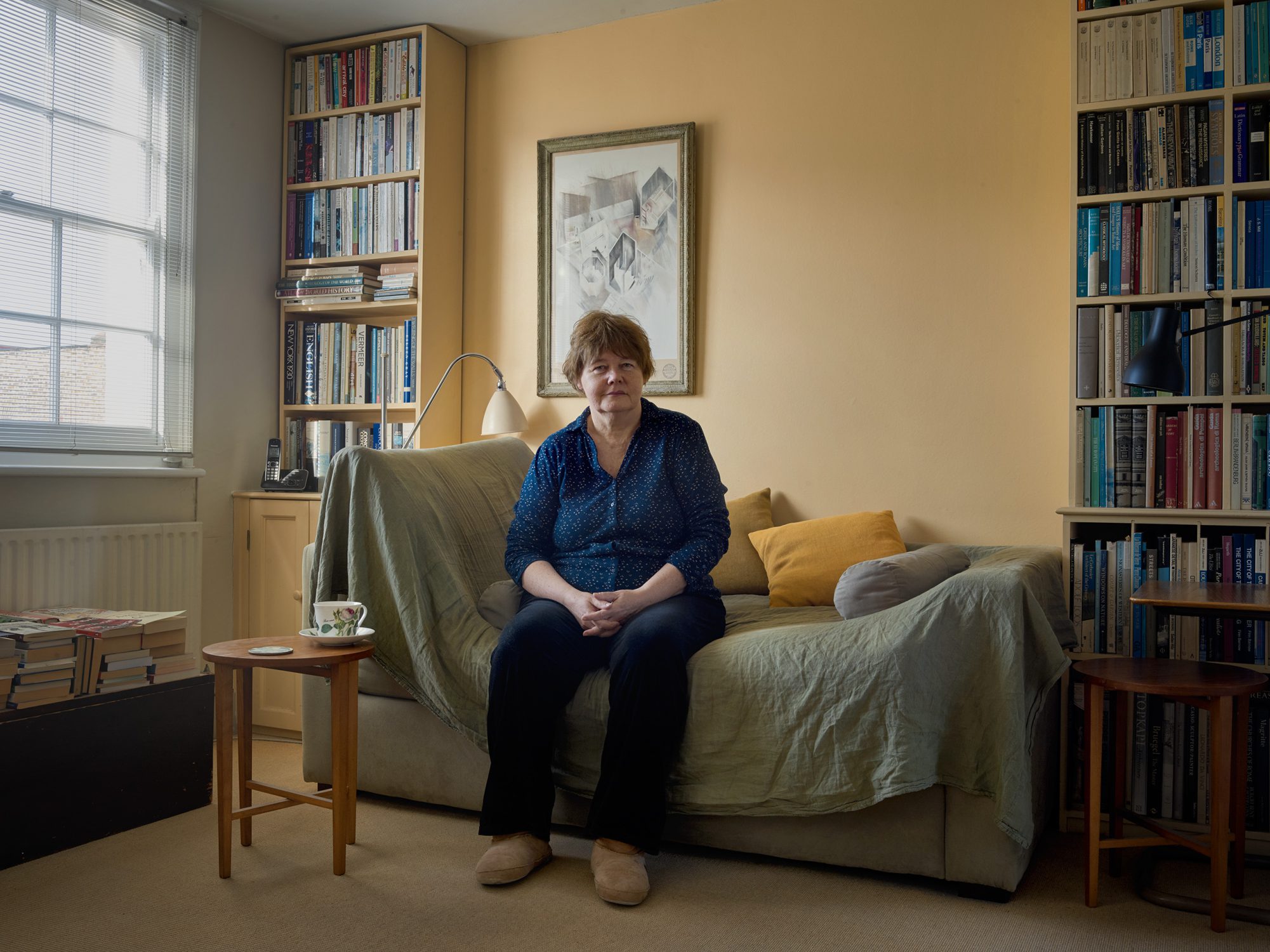Sitopia a world shaped by food
Carolyn Steel
Architect Writer
Carolyn Steel is a leading thinker on food and cities. She is the author of the award-winning Hungry City: How Food Shapes Our Lives (2008) and Sitopia: How Food Can Save the World (2020) Her concept of Sitopia or Food-Place (from the Greek sitos, food + topos, place) has gained broad recognition across a wide range of fields in design, ecology, academia and the arts.
Sitopia means ‘foodplace’. I coined the word in my book Hungry City (from the Greek sitos, food + topos, place) to describe the world as it is shaped by food. Since all living things must eat – and must eat each other – food is a powerful force shaping our bodies, habits, homes, cities, landscapes and climate. Food is the great connector. Its influence over our lives and world is almost too big to be seen – which may explain why we fail to value it. Yet if we can learn to value food – and see and act through it – it has the potential to transform our lives and create a better world.
"Look through the lens of food and you can address all the catastrophes in the world."
What is a good life? What is good food? That’s where all the answers begin. We have outsourced the cultivation, harvesting, selling and preparation of our food to industry and the world market. We need only to put it in our mouths and swallow. Everything can be bought at any time, anywhere, but that’s all we know and all we can do. Learning to value and understand food gives us the best chance of restoring the balance.
“We need to make a social contract with nature. I pick the apple from the tree. In return I care for the tree and the organisms that live in it. That gives a sense of reciprocity. Instead we’ve organized everything around power and control, with humans at the centre.”
While we drink the tea that Carolyn serves – taking plenty of time; “never rush a good cup of tea” – she answers our question about how an architect came to devote her life and career to writing about food.
“How did an architect like me end up writing about food? I don’t have a straight answer to that question; all I can offer is an explanation of how I got here.
“From around the age of eight, I knew I wanted to be an architect. Buildings fascinated me, and my earliest photographs, taken with my trusty Kodak Instamatic, are almost comically architectural, consisting as they do mostly of ships, bridges, buildings and mountains, taken at jaunty angles. In shots featuring my parents and family, they are generally carefully posed so as to provide scale to some interesting backdrop. Where this passion came from is a total mystery to me. Both my parents were medical, and there were no architects or artists of any kind in my family. But I did grow up in central London, so bricks and mortar, rather than trees and fields, formed the background of my youth. Food played a big part too, not just because both my parents were great cooks, but because my grandparents had a hotel in Bournemouth, where we spent most of our weekends and holidays.
“The Hotel Miramar was a converted 1910 country house with a large garden overlooking the sea, full of antiques and the sort of regular clientele that barely exists today. The daily round of breakfast, ‘luncheon’, tea and dinner punctuated the day like a series of happy rituals – life really did feel like a matter of filling in time between meals. As a family, we would wait in the ‘back sitting room’ just off the kitchen until all the guests were seated before coming into the dining room – a prospect made all the more daunting by my grandmother’s insistence on combing my hair. But the meals themselves were magnificent.
“What I most loved about being in the hotel was the way in which my family inhabited two separate worlds: the private, ‘backstage’ world of service rooms and kitchens, with their tiled floors, greasy walls and sense of urgency, and the public ‘front of house’ areas, with their comfortable elegance and air of genteel decorum. I liked to hover by the green baize service doors that separated these two realms, savouring the delicious sense of transformation that the mere thickness of a wooden door conferred. There was something magical about standing on that threshold – a liminal place between two worlds – with the freedom to move from one to the other and intimate knowledge of both. Looking back, I see that the architect in me was already stirring with dawning awareness that power and space are inextricably interlinked.”
We visited Carolyn in her apartment in Marylebone in central London and found her surrounded by the books that she has devoted herself to writing over the past twenty years, about our food and how through a different way of looking at food we can solve many of the problems of today’s world.
After tea and a wide-ranging exchange of thoughts and ideas, we ask Carolyn to set out the ideas behind Sitopia for us on film.
In two short films Carolyn sets out her thoughts and ideas, telling two inspiring and hope-giving stories that show us the way to a healthy planet and a better life. She explains how our food connects us not just to each other but also to nature.
We have selected another two stories that might inspire you.
For the best viewing experience use landscape

To make your experience on our website even better, we use cookies!
